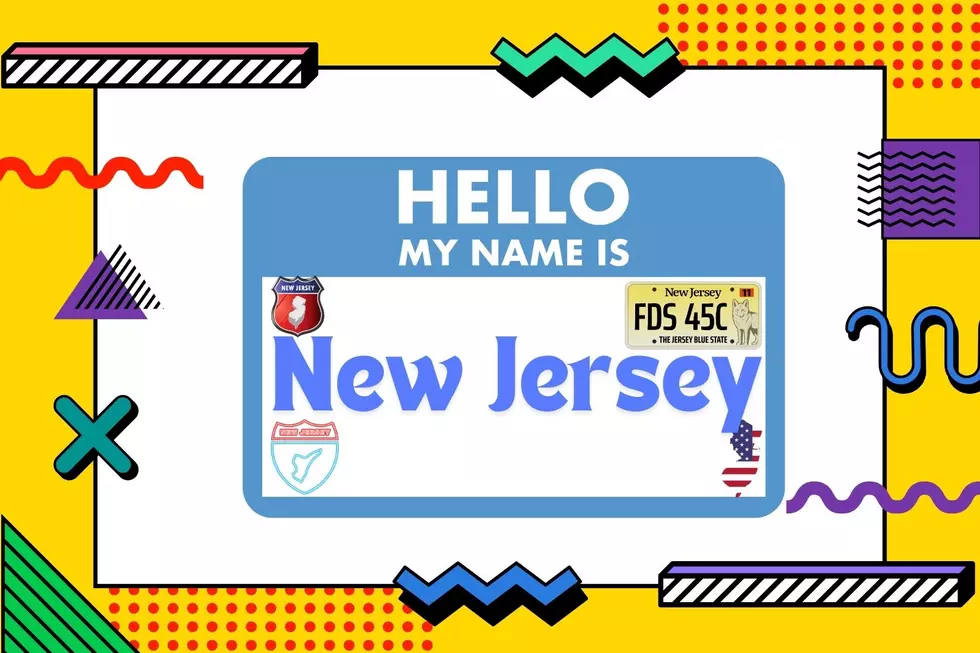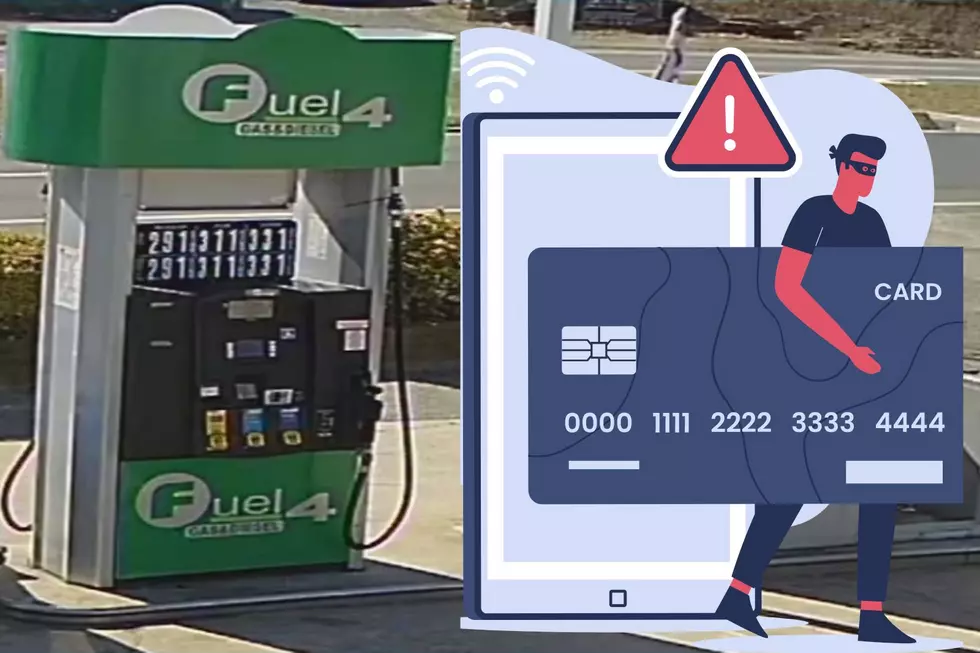Important warning before you take shells home from NJ beaches
🐚Seashell collecting is a timeless hobby at Jersey Shore beaches
🐚But are there "do's" and "don'ts" to collecting shells?
🐚NJ is home to some beautiful shells
One of the greatest joys about strolling along a New Jersey beach either by yourself, with your kids, or with a significant other, is looking for and collecting seashells.
It’s a timeless activity and hobby that can be enjoyed all year long, not just in the summer. Remember the look on your face or your kid’s face when you found that perfect shell? You couldn’t stop looking at it. Carefully, the shell was placed in that plastic sand bucket with the little shovel attached to it, and then it went home with you. The memories are priceless.
But are there rules for collecting shells at the Jersey Shore?
While there are no official state or federal rules for collecting seashells, Mindy Voss, education specialist at the NJ Sea Grant Consortium in Highlands said it’s very important not to take shells off the beach that might have a living creature in it.
There are many snail shells that either may have a snail living there or a hermit crab that has taken refuge there. She said make sure to check the shell thoroughly before putting it in your bucket.
Don’t take a shell that might have tissue inside, like the meat.
“Sometimes you might collect a clam and it may have that clam meat inside. Even if you try to clean that and get the meat out, it’s hard and it’s going to stink,” Voss said.
What are some common shells found on Jersey beaches?
The most common shell found on Jersey beaches is the Atlantic Surf Clam. That’s the big, white clam shell. People love to find the biggest, whitest surf clam possible. These are fine to take because there is an abundance of them, Voss said.
Bay scallop shells tend to be popular. They tend to be pinkish and orange in color. These are very pretty and great for decorating, she added.
Moon snail shells are also common at Jersey Shore beaches.
There’s also the knobbed whelk, which is the New Jersey state shell. It’s a rarity to find the knobbed whelk in the state’s northern beaches, Voss said. A more common whelk shell to find in these spots is the channeled whelk. But in South Jersey, many of the beaches have an abundance of both knobbed and channeled whelk shells, she said.
The knobbed whelk is a shell that beachgoers have most likely seen after storms, said John Tiedemann, director of Marine and Environmental Biology and Policy at Monmouth University.
So, if you’re a shell collector, think about heading to the beach after a storm and you just might find the official state shell. You can’t miss it. It's a large pear-shaped gastropod mollusk shell, coiling from left to right, yellowish-gray in color with brownish-purple streaks.
“I know at Sandy Hook and northern beaches when people find whelks, they think they struck gold. It’s not worth anything but it’s a pretty shell and they’re cool looking,” Voss said.
“For me, when I find a full whelk that has no holes in it, and it’s pristine, I always get really excited. The knobbed welk is the state shell of New Jersey. It’s like a long-coned shape with a spiral, and little knobs at the edge. I truly think they’re beautiful,” said Samantha Kreisler, communications specialist at NJ Sea Grant.
She also gets excited when she finds the egg cases of the whelk which are not shells but look like a spiraled snakeskin. Kreisler said she gets super excited when she finds either of those items on the beach.
Just be careful. Voss said hermit crabs like to use whelk shells as hiding spots so taking too many of those may not be a good idea.
Is shell collecting dangerous to our beaches?
Voss has been told that shells add sediment to the Jersey beaches. They break down and turn into sand.
There is some speculation but not scientifically proven that shells along the Jersey Shore provide importance to the beaches.
When shells break down, they add calcium carbonate into the ocean. It’s the calcium carbonate that other shelled creatures like clams, oysters, mussels, and snails use to build their shells.
“But, again, there is no scientific evidence that that’s actually becoming a problem from people taking too many shells off the beaches,” Voss said.
Have fun shell collecting at Jersey Shore beaches. Both Kreisler and Voss agree that if you see a diverse amount and a wide variety of shells on our beaches, that’s a sign of a healthy beach and a healthy ecosystem.
Report a correction 👈 | 👉 Contact our newsroom
Why Beach Tags Should Never Be Allowed In New Jersey
Gallery Credit: Mike Brant
More From New Jersey 101.5 FM









